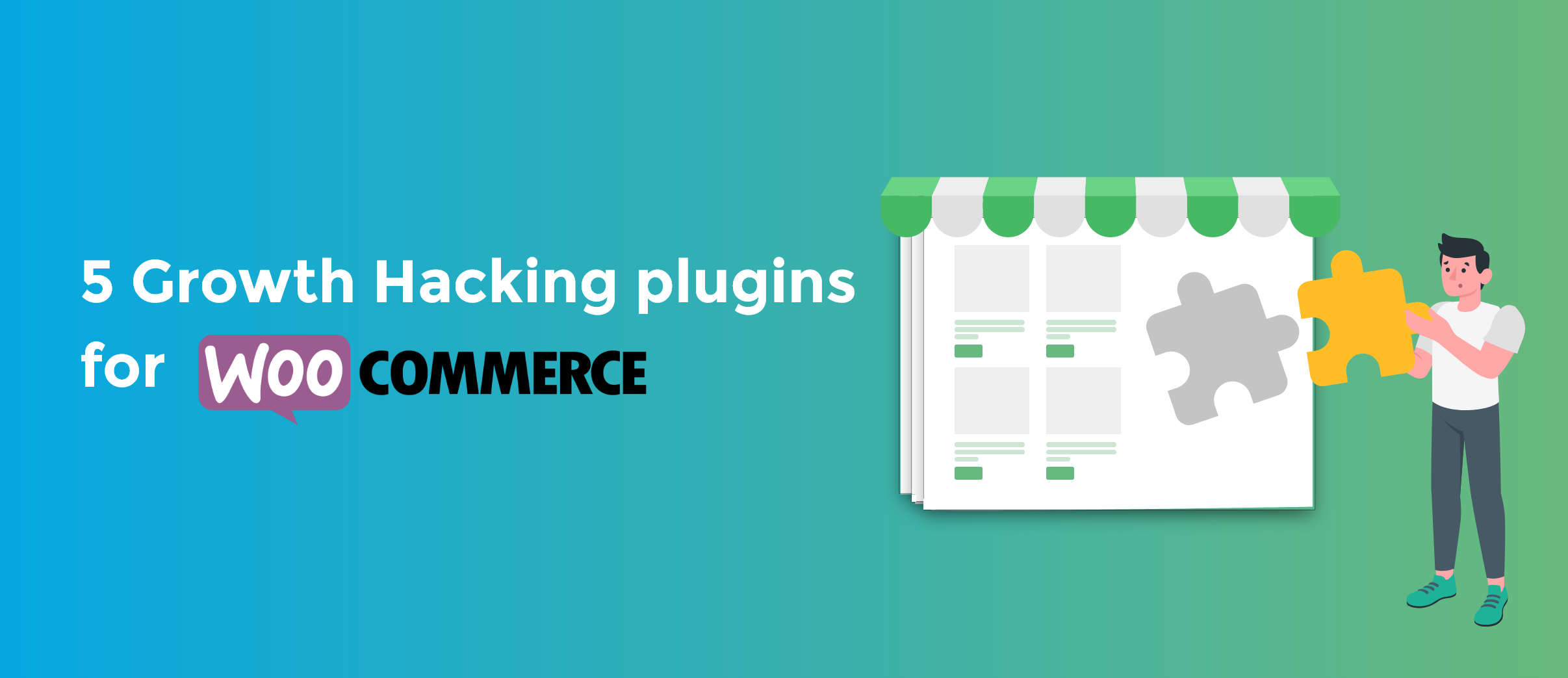
The WooCommerce plugin comes with its own free version of PayPal Standard. PayPal can be enabled via the WooCommerce settings and once your PayPal email is entered your WooCommerce shop is ready to take PayPal payments.
Now, there is extensive documentation online which explains, with a little bit of code, how to switch PayPal account programmatically and conditionally i.e. for a given product ID or product category slug. For example, you may want to use a PayPal account for consulting services, another for online courses and another for physical products.
By adding this simple code and hooking into woocommerce_paypal_args is indeed possible to use different / multiple PayPal Standard accounts in a single WooCommerce installation.
However, there is an outstanding problem with “IPN Validation“: once you tell WooCommerce to use a different PayPal email account, the WooCommerce order is correctly placed, but its status goes “on hold” because IPN validation on the PayPal end fails (and that’s because you’re using a different PayPal account).
So, here’s the fully working version, included the IPN validation fix. Please read the disclaimer below and – only then – enjoy!
Continue reading WooCommerce: Multiple PayPal Accounts (Solved)


















